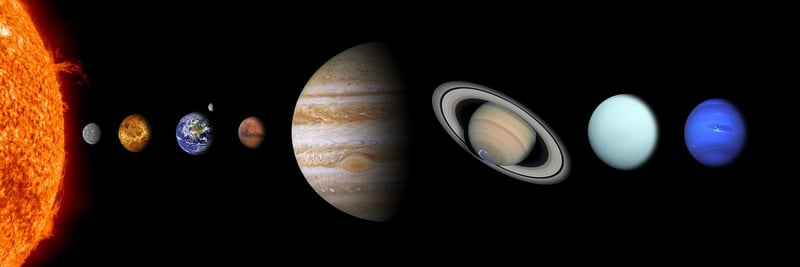Habitable Zones
The Quest for Life Beyond the Habitable Zones
Exploring the possibility of life beyond the traditional habitable zones has intrigued scientists and space enthusiasts alike. While the habitable zone around a star is the region where conditions are just right for liquid water to exist on the surface of a planet, recent research has expanded our understanding of where life might thrive.
Extreme Environments
Life on Earth has shown remarkable adaptability, thriving in environments once thought inhospitable. From deep-sea hydrothermal vents to acidic hot springs, organisms have been discovered in extreme conditions that challenge our preconceptions of habitability.

Moons of Gas Giants
Europa, one of Jupiter's moons, has a subsurface ocean that could potentially harbor life. Enceladus, a moon of Saturn, has geysers spewing water vapor and organic molecules into space, hinting at a subsurface ocean as well. These moons have opened up new possibilities for finding life beyond Earth.

Exoplanets
Scientists have discovered thousands of exoplanets outside our solar system. Some of these planets are located in unexpected places, challenging our traditional understanding of habitable zones. By studying their atmospheres and compositions, researchers hope to find signs of life in these distant worlds.

The Search Continues
As technology advances and our knowledge of the cosmos deepens, the search for life beyond the habitable zones will only intensify. Whether in extreme environments on Earth, moons of gas giants, or distant exoplanets, the quest for discovering life elsewhere in the universe fuels our curiosity and drives scientific exploration.
Join us in this exciting journey as we push the boundaries of what we know and explore the vast possibilities that lie beyond the familiar confines of our own planet.
